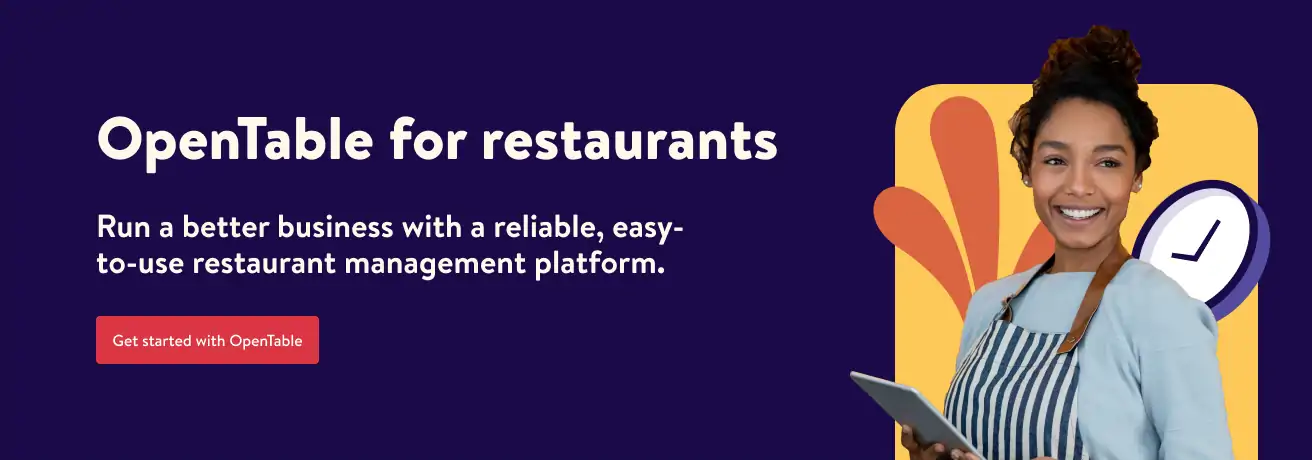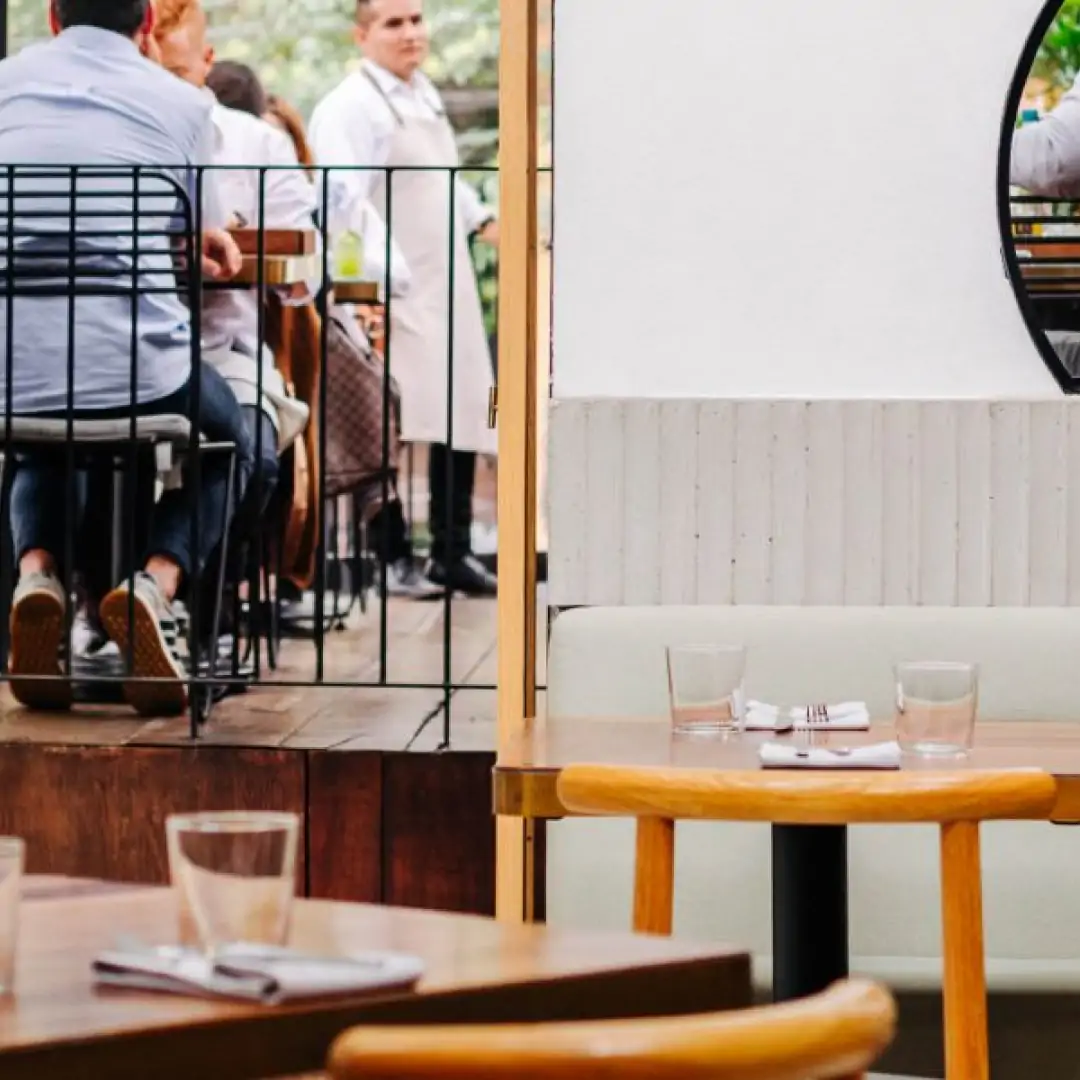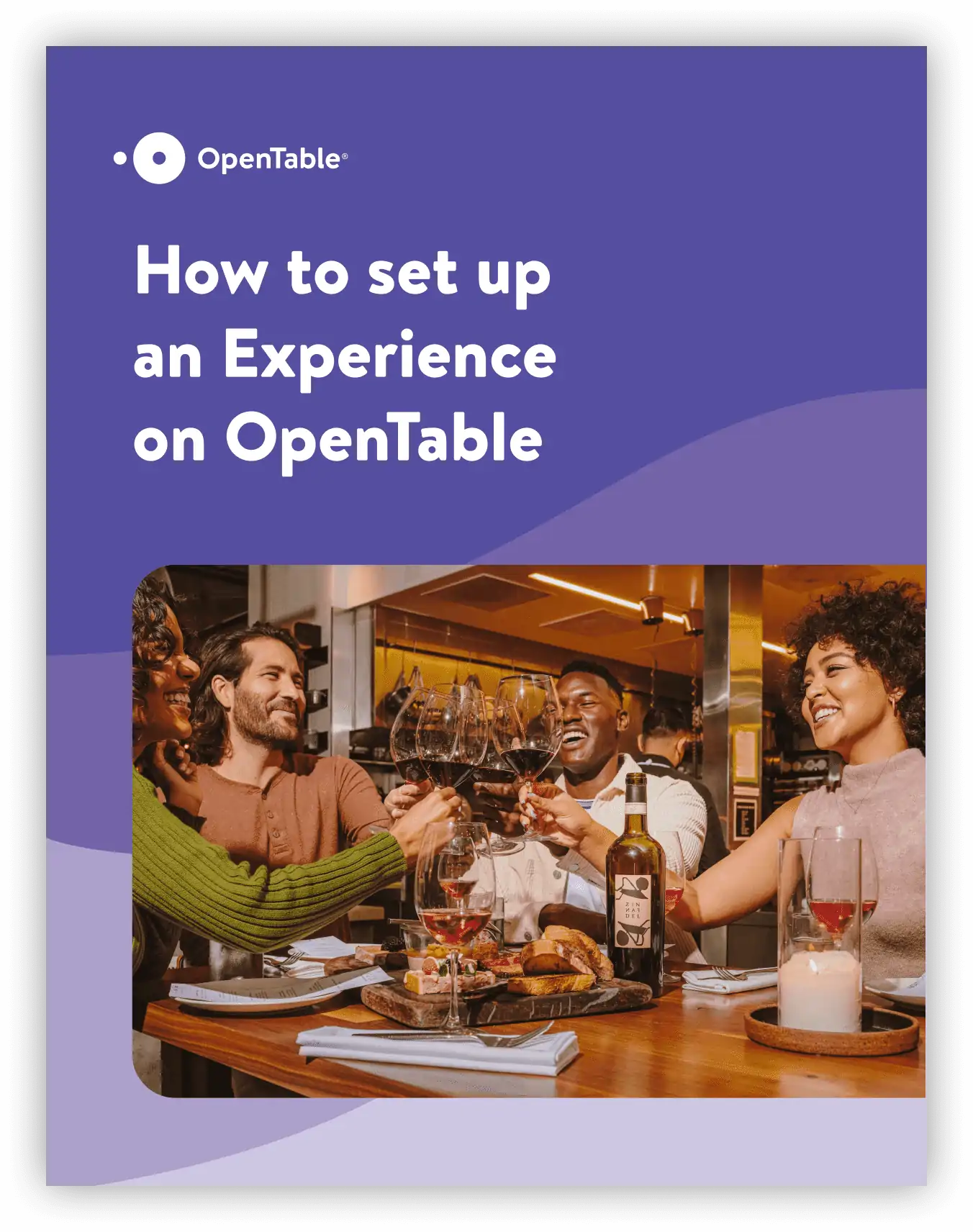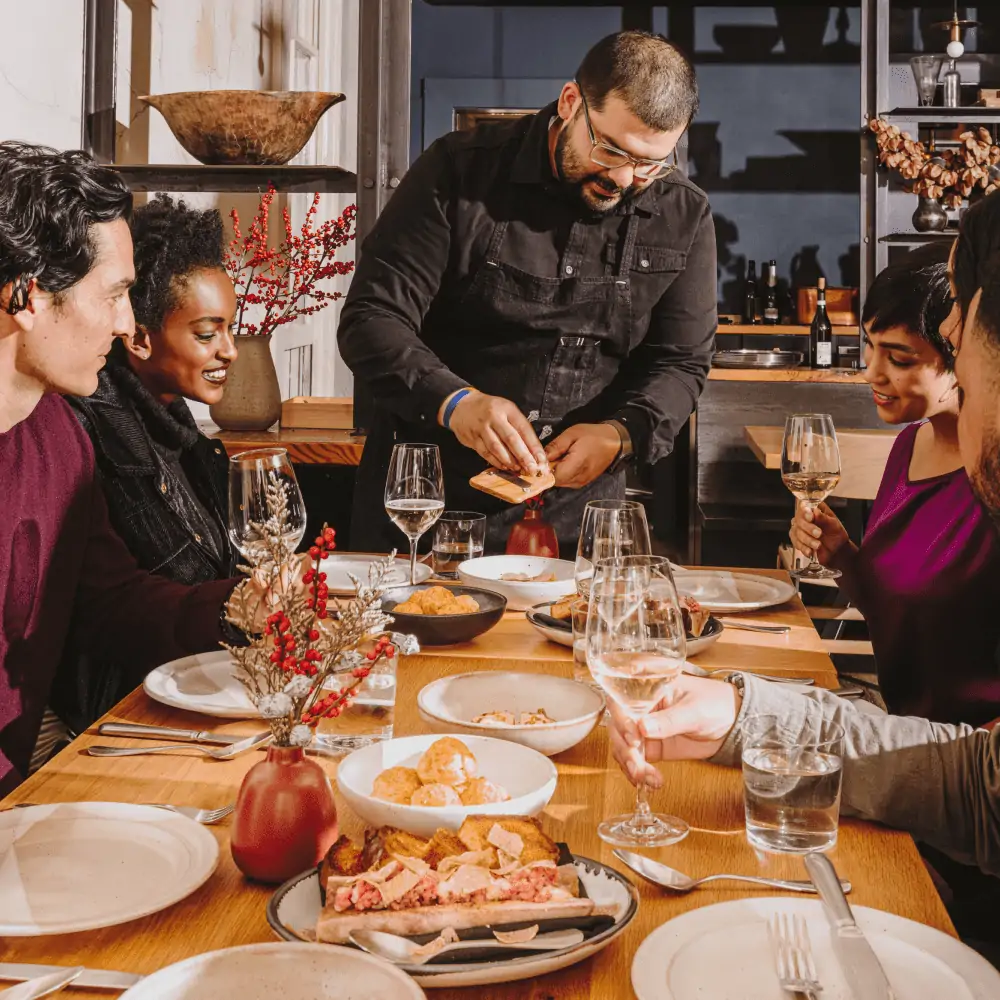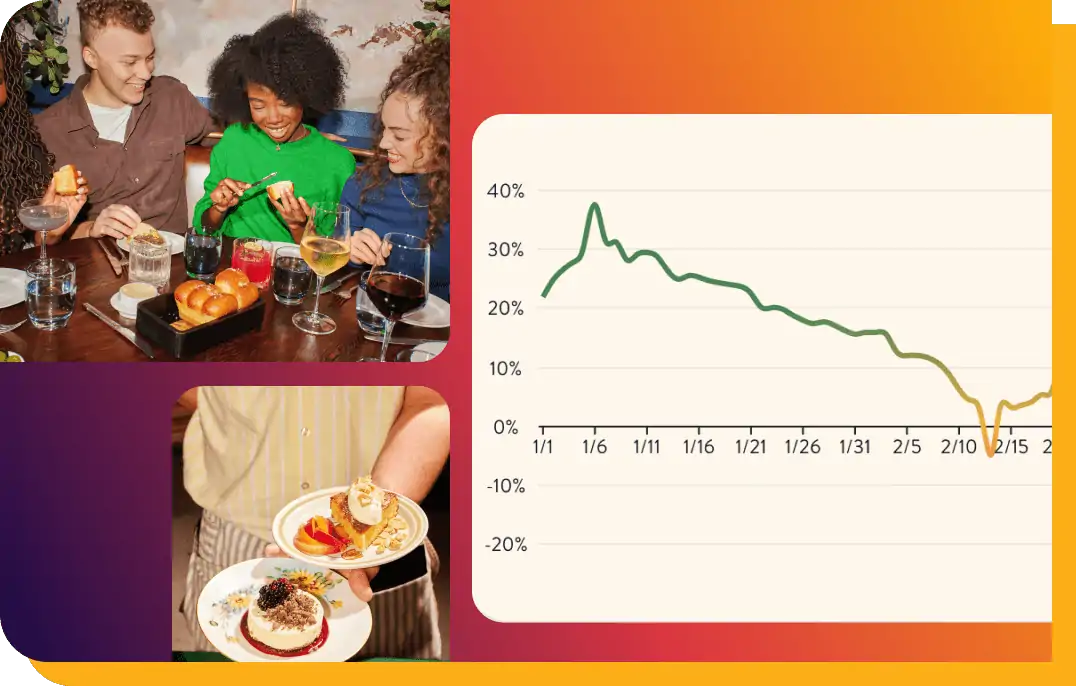Picture it: Saturday night. The restaurant is booked. But the best four-top sits empty, another reservation that never came through the door. No-shows. It’s a perennial thorn in a restaurateur’s side, and it’s a problem for everyone in the business.
After analyzing the 4 weeks from the end of March into April to understand up-to-the-minute spring trends, here’s what OpenTable’s data reveals about the current state of no-shows:
The COVID effect
The pandemic has affected everything in the industry, including no-shows. As reopening kicked into gear last fall and winter, diners were itching to dine out. They felt safer, capacity limits were increasing, and there were suddenly more options. While the energy around reopening has been good, the post-pandemic spike in no-shows is a little troubling. The numbers don’t lie: A staggering 28% of Americans say they haven’t shown up for a reservation in the past year. One possible reason is diners changing their minds about going out after reading news about a rise in cases locally. Constantly changing local regulations could have been a factor as well.
Some diners are more reliable than others
Another positive data point: People who use OpenTable to make reservations are more likely to actually sit down to dinner than people who book through other channels and platforms. In fact, OpenTable diners are more likely to actually arrive for their reservations than people who book through search engines and your website. OpenTable diners are 40% less likely to no show than diners who book through search engines and 28% through your website.
The data suggest that one reason behind these numbers is that guests who book through OpenTable anticipate communication from OpenTable, including text and email confirmations. Another explanation may be accountability built into an OpenTable account. Diners have a good reason to show up for their reservations: If they bail on a booking four times, they get kicked off the platform.
Location, location, location
Interestingly, the data reveals that the rate of no-shows varies significantly from place to place. Seattle’s diners are the most reliable in the country. Though Seattle saw their rates of no-shows rise like everyone else over the fall and winter, they’ve nearly returned to their 2019 numbers. Denver and Orlando are next on the list of places where diners are most likely to honor their reservations.
Unsurprisingly, Las Vegas, the land of no commitments, ranks as one of the worst markets for no-shows. Other cities with a higher-than-average number of no-shows include Atlanta, Philadelphia, and Dallas.
Reminder: The bad apples are rare
A vast majority of diners who book through OpenTable never no show. Because revenue takes such a hit from no-shows, it’s easy to fixate on this bad no-show behavior. But the data reminds us a vast majority of diners do make good on their reservations. Shift your focus to the positive by remembering this reality. And, of course, take whatever steps you can to drive your number of no-shows even lower.
We can rehabilitate no-showers
Overall, only a small percentage of diners who book through OpenTable have been a no-show at some point. The data tells us exactly who these diners are and how to reach them. Here are tips to combat no-shows: You can reach them with a targeted email campaign to help them learn how no-shows impact the restaurant business. You can ask them to just let you know if they can’t make their reservation, or remind them that canceling is very easy via the OpenTable app. A little gentle education can make them a lot more considerate and a whole lot more likely to show up when they say they will.
